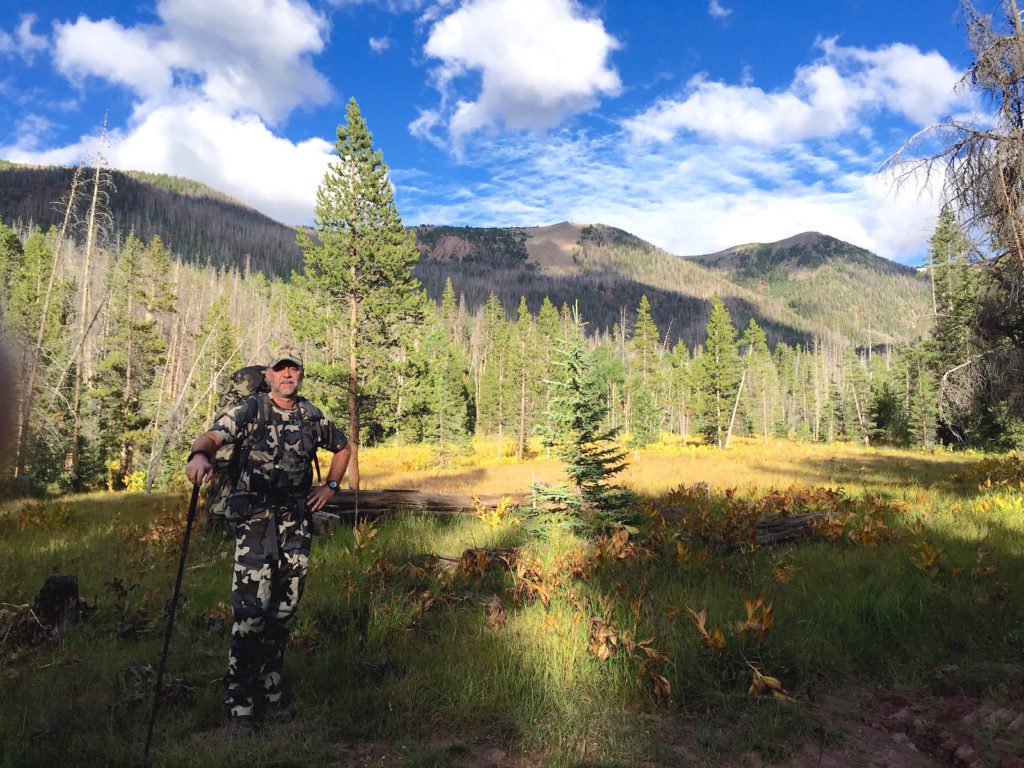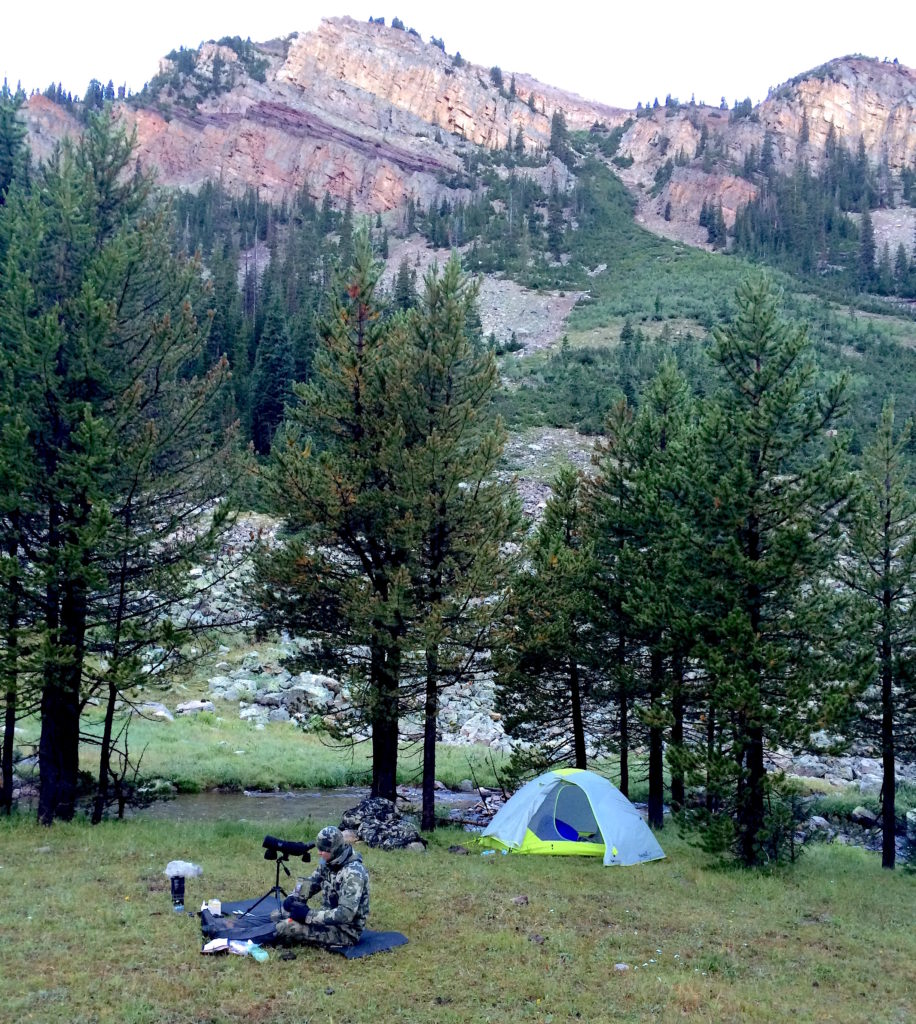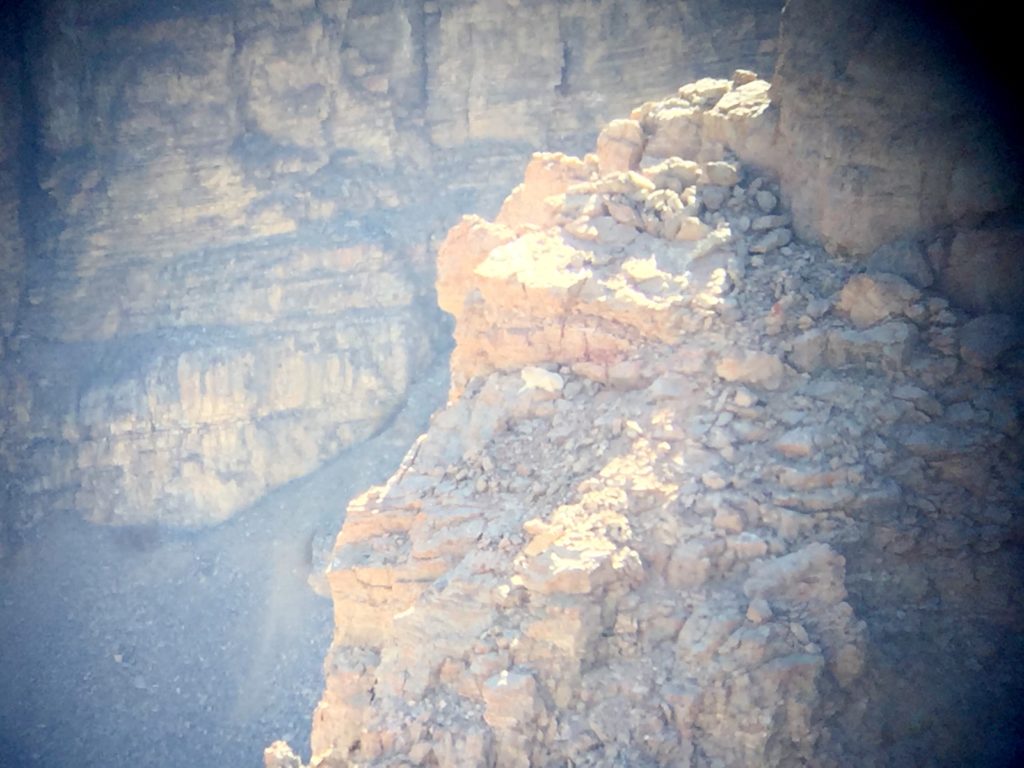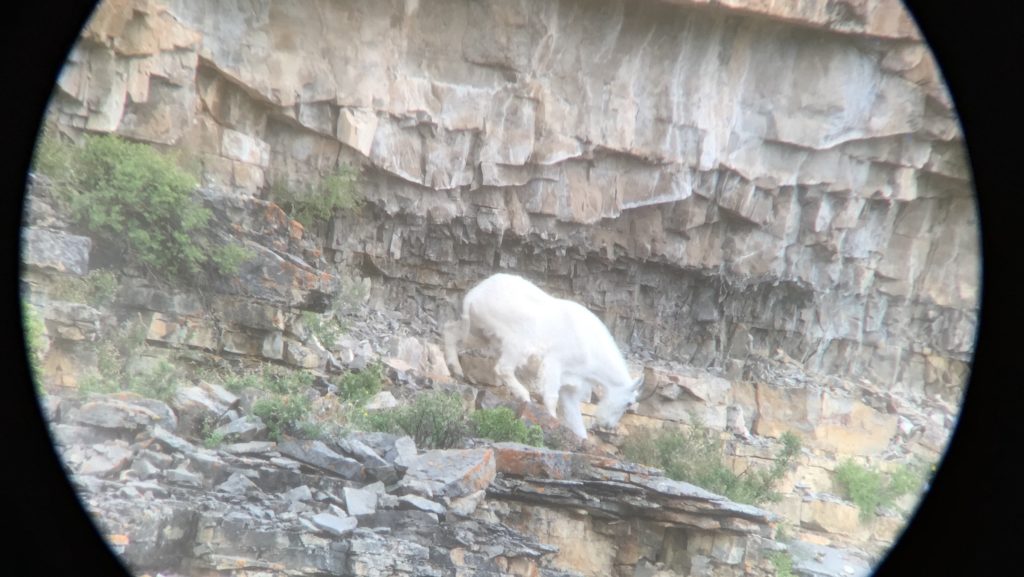In mid-May of 2015, my phone lit up. It was an email notification from the Utah Division of Wildlife Resources. The message, “SUCCESSFUL: Mountain Goat,” was all I needed to see to get amped up for the coming fall. The excitement of landing a limited entry tag, as many know, is justified. In Utah, depending on where you are hoping to hunt, your odds of coming up with a goat tag are anywhere from about 1 in 20 in some management units to nearly 1 in 250 in others. Needless to say, I wasn’t about to take this opportunity lightly and some serious preparation was in order.
I made a few calls to people that I knew had drawn a tag in previous years and poured over maps, pinpointing locations accessible only by backpacking, as well as drainages accessible by vehicles. Plans were made and we were soon on our way to the high-country in search of the iconic figure of mountain hunting, the Rocky Mountain Goat.
Early scouting trips revealed there were goats just about everywhere. We had groups of 10 located within the first two hours of scouting in some of our potential areas. Surprisingly, areas accessible with vehicles proved to have just as many goats as the wilderness areas did. Nevertheless, my father and I loaded up the packs and headed in about seven miles to scout the backcountry, just to be sure we covered all our bases. We managed to locate some goats that were in areas we could access, as well as some that were totally safe from hunters and other predators due to the sheer ruggedness of the peaks and crags they called home.
Due to the hunting pressure we anticipated in the more accessible areas, I planned to backpack into the drainage my father and I had scouted during the summer and focus on hunting the harder to reach, backcountry spots. We were to leave the third week in September. This allowed me some time to hunt the accessible areas, but also meant the pressure was on. As with most of the regions that the Rocky Mountain Goat call home, the snow can start falling as early as the first week of October most years and there’s always the risk of it hitting the ground earlier when you get into the higher altitudes. Not only does the snow make the goats harder to spot, but it makes getting up to where they live harder and more treacherous than it already is—and that’s saying nothing of how much harder the trek down becomes!
Opening weekend brought disappointment, as the big groups we had seen in the summer had vanished. Of the four people in my hunting party, only two of us saw a goat and I wasn’t one of them. Coming off the mountain that day our conversations led to my long-time friend, and taxidermist, Nick Boren putting me in contact with a client who had killed a billy in my unit a few days before. My phone call with him was informative and eye opening. He had backpacked into a drainage that neighboured the backcountry area I planned to hunt later in the month and he had been lucky enough to harvest a beautiful mature billy. He made it very clear though, it was a tough hunt. He had only seen three goats total and had shot the only one they could safely access and recover. My spirits sunk.
Schedule-wise, I still had over a month to hunt, but the lack of goats in the accessible areas, and the recent report from backcountry were testing my mental fortitude. To say I was worried would have been an understatement, but I still had the backcountry hunt notched out on the calendar and one more weekend to turn up some goats in the more accessible area. I just had to stay focused.
On the last weekend we planned to hunt the vehicle accessible terrain, we headed up on the ATVs at first light and got into a position to glass. We tore apart every nook and cranny of the country we could see, without more than a few birds to show for it. My big-little brother (he has at least four inches on me) decided this was about as good time as ever to push a few boulders down the slides and lighten up our spirits. About five minutes into his comic relief, we looked up and a few hundred yards away we had a small group of four goats peeking around a cleft in the cliffs. To our disbelief, we had goats!
We made a quick plan to get a closer look, with me and my good friend Cam hiking up around the basin to get on top of them while they were bedded in the cliffs. We left my brother and father on the other side to watch for them coming out of their beds if we mistakenly bumped them. We made our way up the basin edge pretty quickly as the anticipation grew with every step. Within an hour we were above where we had last seen the group. We caught our breath and took our time, being very careful to scan new every piece of new ground as the landscape gave way to the basin below. We would creep up to the chimneys in the cliff, scan and retreat as each of our searches came up empty.
We continued this pattern of sneaking in and retreating out to sneak in again a few times before I located a nanny bedded below us at 80 yards. We knew there were at least three more close by, but the cliff and lay of the land prevented us from getting a full sight picture from our vantage point. We retreated again and moved down the ridge to try and see more of the area she was bedded in and as we’d hoped the rest of the goats came into view. Not the three we had been expecting to see, but five more! We got comfortable and picked two billies out of the group. Both had great hair, large bodies and decent horns. I made the decision that if either of these billies offered me a shot, I’d take the opportunity at hand.
As we tried to take out the video camera to capture the moment, one of the goats caught our movement and they were off, bounding and sliding down the chutes of the cirque. Before we had time to catch up all six were in the bottom of the basin and moving away quickly. Cam and I ran up the basin edge and I threw my pack down on an outcropping for a rest. I pulled up my Tikka T3 300 Win Mag and ranged the group around 450 yards. I adjusted my scope for the distance while Cam set up the spotting scope. The characteristics that separated the billies from the nannies that had been easy to distinguish at 80 yards vanished with each additional yard the herd moved away. It took us a few minutes to identify the two billies we’d been assessing earlier.
By the time we agreed on what billy to take, the goats had made their way even further along the basin to somewhere around 560 yards. I’d practiced with my rifle out to 875 yards with many different loads and felt extremely confident with my set up. Remembering that I’d dialled my scope for 450, I did some calculations in my head and decided to hold over the billy when he presented a shot instead of re-dialling for the range. The billy stopped and looked back at us broadside and I let the Tikka bark.
“Miss!” Cam was giving me real time reactions and corrections to my shots from his vantage point on the spotter.
“Six inches above his back! He broke away from the group! He’s heading to the cliff! He’s at 660!”
I dialled the new range, held and squeezed off a round.
“Hit! You hammered him buddy. Good shot! Get ready again! He’s not stopping!”
I could see his direction of travel through my scope and knew that if he made it to the cliffs I might never recover him. It had the potential of being one of those classic, nightmarish goat retrievals if he dropped into the abyss. In a moment of weakness and adrenaline, I opened fire. I ripped off shot after shot, as if I was pleading with the goat to stay away from the cliffs with each and every bullet.
One of those shots got close enough to stop him at the base of a massive cliff face. I re-ranged him at 750 yards, dialled my scope and settled on his shoulder.
“Hit!” Cam yelled out, “He’s going down!”
He was heading away from the cliffs, but he did not appear to be going down. I settled myself and watched. He stopped at 720 yards and I was able to put him down for good.
As I lay prone on the outcropping inspecting this amazing animal through my scope, I put my head down and breathed a sigh of relief. We did it. We found a gorgeous billy, made a stalk and, eventually, I made the shot.
The 2-way radio interrupted my reflections with a dig from my father on the other ridge, “Did you run out of bullets?”
When we got down to the billy, we found that he had been shot three times in the chest and once in a hind hoof. I couldn’t believe the strength of this animal. Two lethal hits and he still made it close to a hundred yards before the 180 grain Barnes TSX finally put him down. The pack out was nerve-racking at times, but rewarding nonetheless. Once back at the truck I sat down and relived every moment I’d experienced in my search for one of these true Kings of the Crags. From laying eyes on the very first group, to sitting next to my billy at 11,000 feet we’d put in the time, put in the effort and made good on what will likely turn out to be a once in a lifetime tag.






